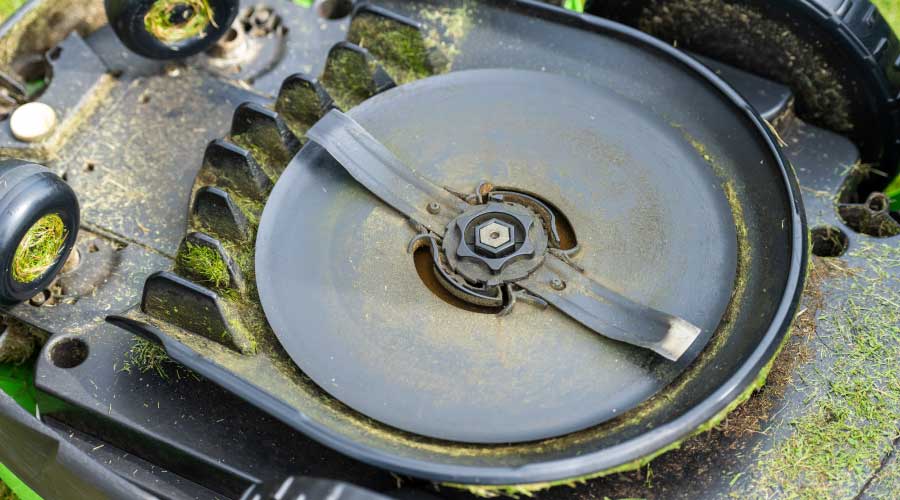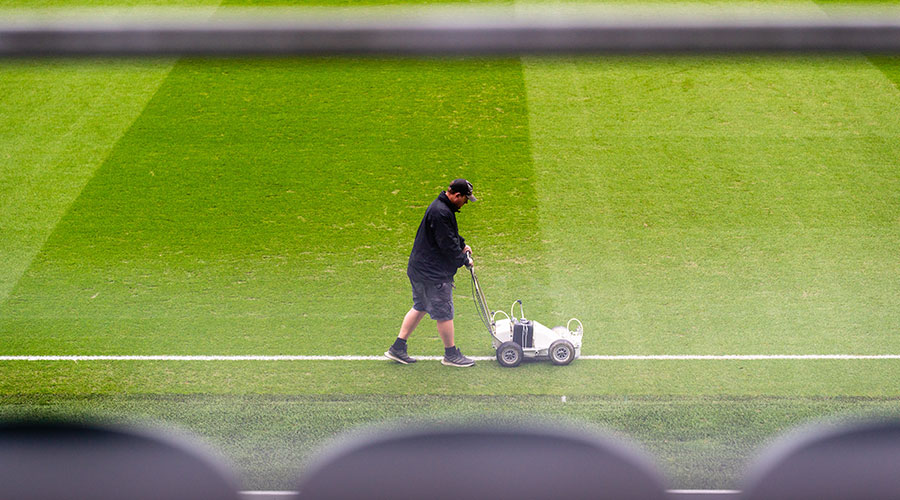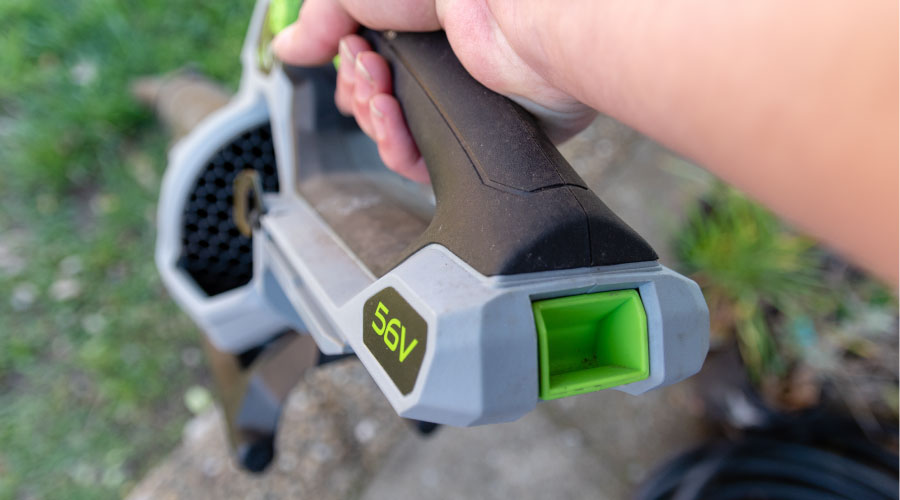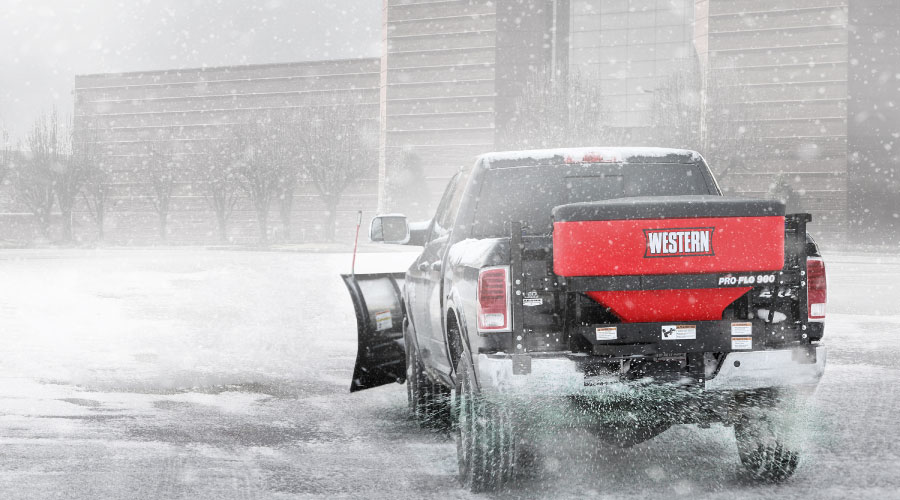Attachments Ensure Versatility in Light-Construction Equipment
When talking about versatility, attachments are the first thing that comes to mind for many managers. For example, grounds departments might purchase a skid steer with a bucket and pallet forks and rent attachments to handle work as different jobs surface. Manufacturers are working to ensure managers can find an attachment for virtually any light-construction project in a timely fashion.
“The big thing is attachments and what you can do with different attachments,” says Rob Gilles, marketing manager with Bobcat Co. “If you have a local dealer by you, they rent most of the Bobcat attachments. Really, your toolbox is infinite.”
Manufacturers also have made technology advances related to attachments, many of which are designed to improve productivity and make crews more efficient. For example, a manager might have to specify a high-flow hydraulic system to accommodate certain attachments, Zupancic says.
If crews are going to be digging trenches deeper than 2 feet, managers might want to consider the high-flow option because the higher flow capacity will allow the attachment’s motor to rotate faster, increasing productivity.
“All skid steers and track loaders have the ability to have hydraulic output, and it’s usually somewhere in the area of 15 gallons a minute of flow to maybe 20,” Zupancic says. “That will turn an auger, and it will turn attachments at a standard speed. But some of these attachments, like a trencher as it gets to be 4- and 5-feet long, it requires more hydraulic horsepower.”
Hershberger uses a backhoe loader to illustrate the way technology advances are making it easier for managers when switching between attachments.
“Years ago, a customer would have to specify whether he was going to operate one-way flow attachments, like hydraulic hammers, or two-way flow attachments — something like an auger,” Hershberger says. “We actually had two different hydraulic kits available for those two requirements. Today, we have a combined-function auxiliary hydraulic package, which can be used for one-way or two-way flow tools.”
Related Topics:















